How to Photograph Man’s Best Friend Like A Pro
Dogs have been man’s best friends since we domesticated that lovely species more than 10,000 years ago.
If you’re a photographer and a dog lover, you have something to make everyone else envious!
You have a brilliant opportunity to commemorate our love affair with dogs by snapping pictures of them that people will love.
Dogs can be tricky subjects, though, almost as bad as little kids! You never know if they’re going to sit, slobber or bark when you don’t want them to during a shoot.
Nonetheless, going through all this trouble is well worth it to wind up with impressive pet photography.
Here’s what you need to do to make it happen.
-
Hint: It’s About the Lighting
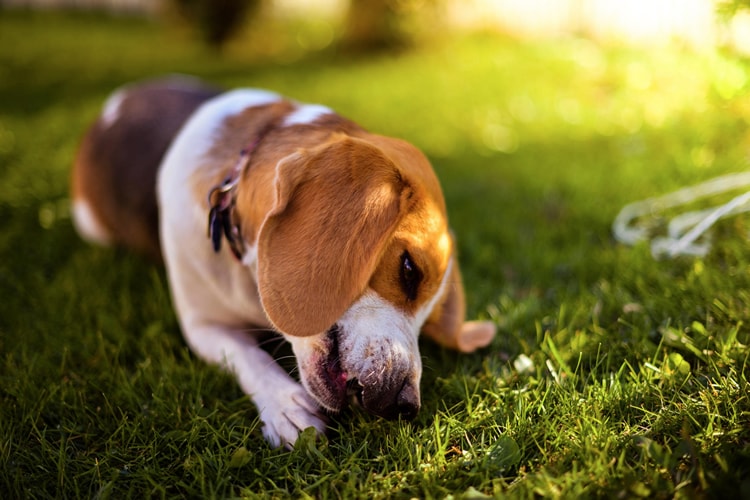
photo by Jon PhillipsLight is the maker or breaker of any image, and this rule is doubly important with dogs. To get the best results – both for the image and regarding cooperation from your pooch – it’s recommended that you skip the flash and depend on natural light instead.
The reason is that flash can have two adverse effects on the process. Number one, using flash can actually startle your dog in some instances or distract him. Number two, using flash can also cause that eerie, red-eye effect in the photograph, and you certainly don’t want Fido to come across as some kind of evil canine in the shot!
On the other hand, natural light doesn’t present these problems. That’s also why you’ve generally got to head outside for the best possible shots. If you have (or just want) to stay inside, then at the very least photograph your dog close to a well-lit window.
-
Context Is Useful
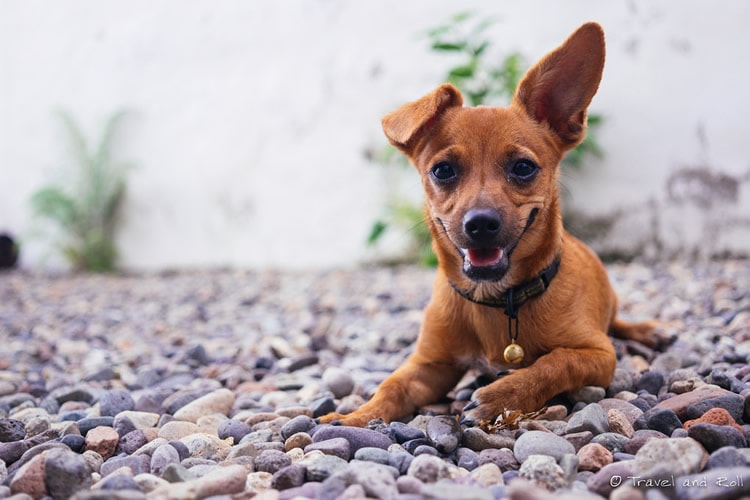
photo by Travel and RollAlright, so now you know that you’ll be photographing your dog outdoors and in natural light, but you’ll also have to deal with context. Don’t just take pictures of your dog anywhere and at any time. Pick a location that you know will put your pooch at ease, so that he’s comfortable there.
Once you’ve found that place – perhaps it’s a local park where you two play Frisbee together – awesome. Now, it’s time to consider the all-important background, which could be distracting if it’s not selected properly. You may be surprised to find out that, as with human subjects, the best backgrounds may be the plainest ones. For example, photograph your dog in front of a patch of grass or a brick wall.
-
Finding That Perfect Angle
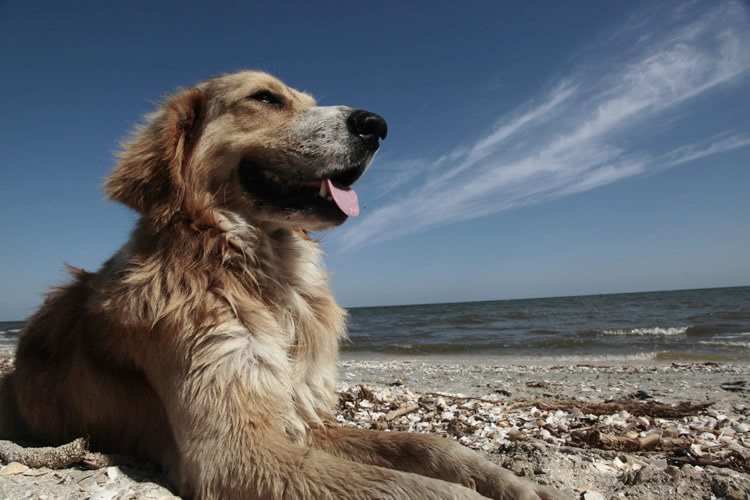
photo by Cristian Iohan ŞtefănescuAgain, as with human subjects, dogs don’t look their best from all angles. That’s why it’s incumbent on photographers to experiment a bit to find that sweet spot. It’s vital that photographers move around their dog a lot to find the best angle for the shot.
Instead of just standing right in front of or above the dog, you should get down on his level for a change. This means getting down low and even in close so that you’re kneeling, sitting or perhaps even laying on the floor for the shot. If that means that the sky above is your background, then all the better! Think of what a unique shot of your 4-legged friend that will be!
-
Not Doing It Alone
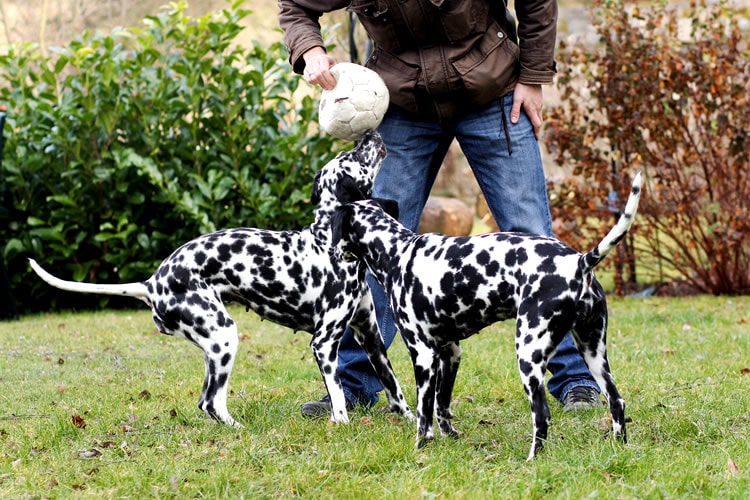
photo by Maja DumatPets like small kids are a handful, so you don’t want to disadvantage yourself by taking your dog for a shoot all by yourself (unless he’s only the most well-trained dog ever, of course). Take a dog handler with you on the shoot, and this doesn’t have to be a professional handler by any means.
Somebody like a friend, spouse, co-worker, relative and even a fellow dog enthusiast will make a big difference in helping you control the animal, so that you can get the proper shot off.
You’ll be thankful you did when you realize how your dog won’t necessarily just want to sit still and strike a pose in front of the camera. Even if you want action-oriented shots of your dog, it still helps having a handler present there to make sure your pet doesn’t go off and chase the nearest squirrel instead of providing a photography opportunity.
-
Freezing the Action
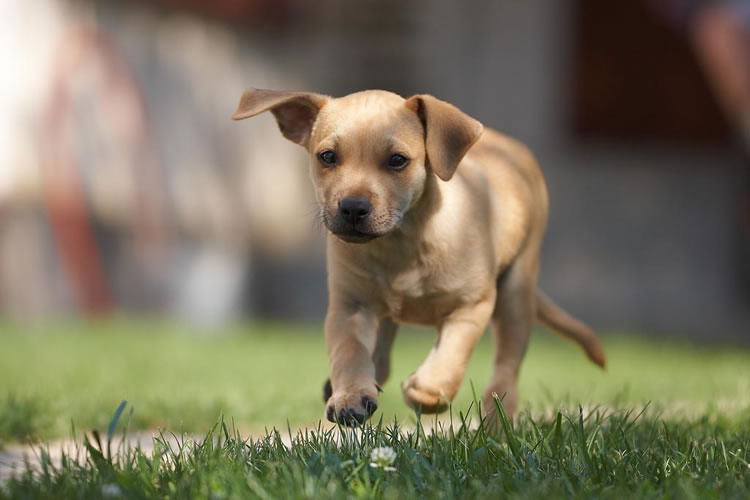
photo by Szlivka RóbertFreezing the action is what you do when your pet is just moving too fast, all over the place. This can be easily remedied when you use a fast shutter speed to freeze its action. You have three options, generally, for this:
- You can rely on sports mode to make your camera choose the quickest shutter speed available
- You can select shutter priority mode, where you manipulate the shutter speed and the camera, then automatically choose the best aperture for the selected shutter speed
- You work with full manual mode to balance the shutter and aperture yourself
Now that you have the shutter speed all picked out so it’s really fast, be prepared with your camera, so you can be on top of the action when your dog moves.
-
Wide-Angle Lens Experimentation
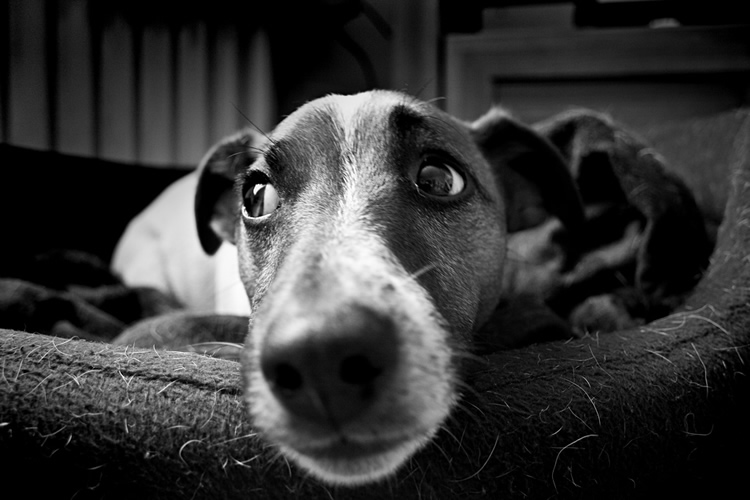
photo by Ed OsbornWide-angle lenses let you get in close on your dog, but still include a lot of the dog’s frame. In that way, it’s a good compromise, but that’s not all you’re getting. There’s also a little-known bonus from using wide-angle lenses for this purpose: It offers your image a sense of distortion, so any photograph of your dog will develop with a very interesting perspective and appearance.
Canine Photography
It’s no surprise that dog’s are a popular subject for photography. They’re man’s best friend, and many dog lovers look at them as veritable members of their own family – albeit on four legs instead of two!
Yes, dogs can be challenging to take pictures of, especially if the dog you’re working with happens to be more of the energetic and playful type. That’s why taking along a handler to control the dog and keep it from bounding all over the place once outside is a good idea.
For many photographers, though, dog photography will be very rewarding, even if you’re not a pet person. Taking pictures of animals takes you out of your comfort zone and forces you to work with subjects that have a mind of their own. As a result, you’ll learn a lot and create memorable shot for your portfolio while you’re at it.
